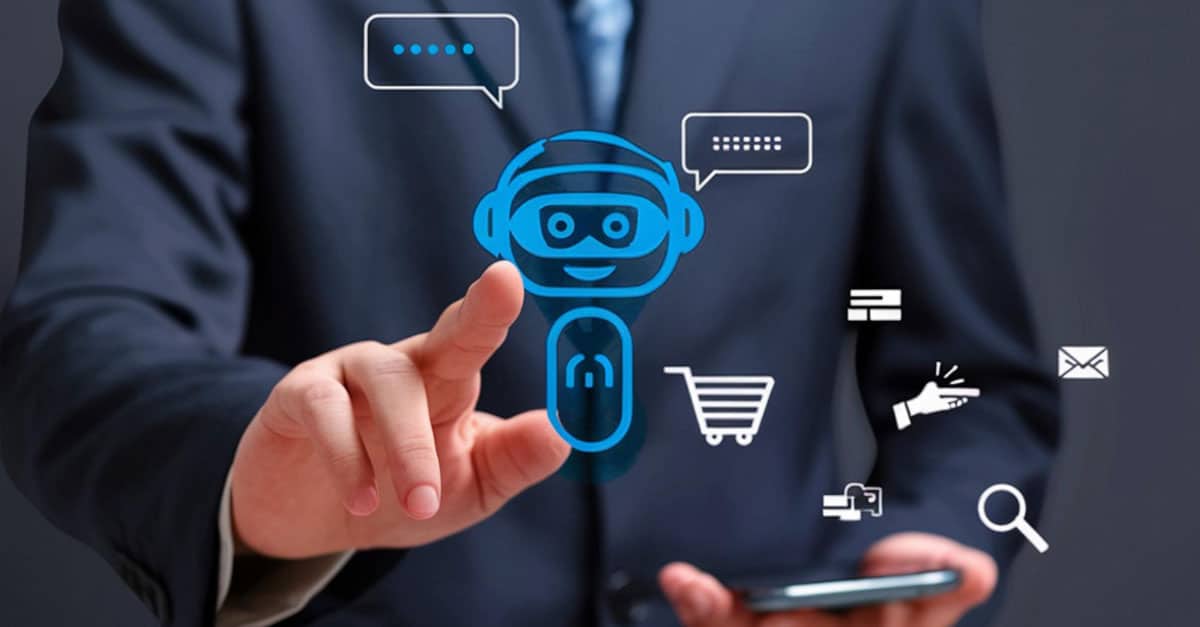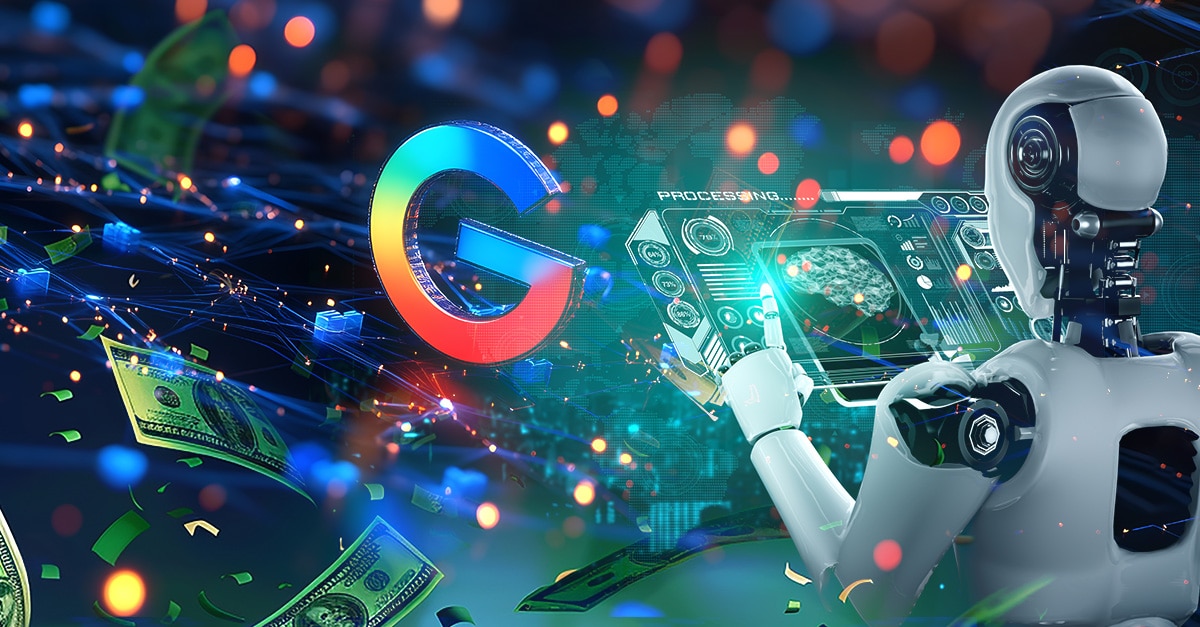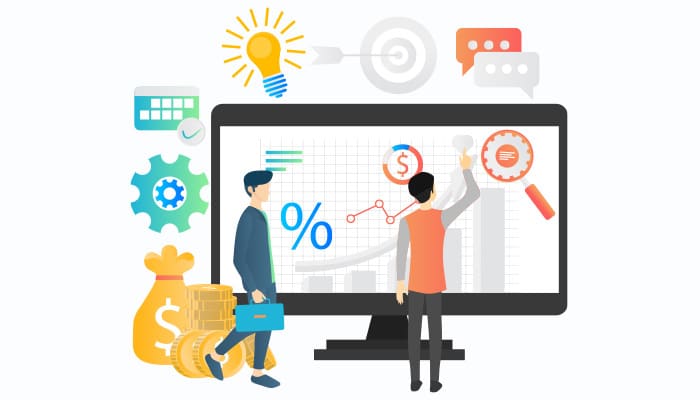From mass marketing to micro-moments — how algorithms, data, and intent prediction are rewriting the rules of brand-consumer interaction.
“The average person generates 1.7 MB of data every second. The companies that learn how to interpret that data in real time — win.”
This is the Modern Marketing Great Reordering. With every action, be it a scroll, search, pause, or even a moment of hesitation, a digital fingerprint is left behind—a trail of intent, something to be heard. Each action or inaction gives a signal, and now, for the first time, state-of-the-art machines have the capability to read not only those signals but to take anticipatory action on them before we even figure out what we want.
Where brands once broadcasted, now they have to listen.
Where campaigns once broke, they now have to reinvent.
Where instinct previously reigned, algorithms now learn.
Welcome to the era when AI doesn’t merely enable marketing. It is marketing. What we are witnessing isn’t marketing evolution. It is a paradigm shift.
1. From Segments to Signals: The Collapse of Assumptions
The days of “targeting 35–44-year-old men in metro cities” are gone. Consumers are not bound by age, income, or even interests — but by behavioral signals, changing in real time, across channels.
- A scroll pattern.
- A repeat search.
- A pause on a video.
- A Wi-Fi-to-mobile switch.
These aren’t random interactions. They are predictive cues — and they are read much more quickly by AI than a human team could ever be capable of. McKinsey reports that companies leveraging AI-driven personalization are boosting their revenues by up to 40%—just by knowing their customers better.
This isn’t a strategy. It’s a compulsion.
2. Predictive Personalization Is Already Here
Let’s put aside the ideation stage; this is how the most successful companies are already monetizing AI.
- Amazon: Uses predictive marketing to power its sales recommendations which account for 35% of sales.
- Netflix: Tailors not only the content suggestion but also the thumbnail based on prior emotional responses.
- Spotify: Tailors music recommendations based on an individual’s perceived mood changes over a week.
- TikTok: Analyzes swipes, pauses, and replays to train their “For You” algorithm within seconds.
This goes beyond personalization. This is automation of real-time psychological manipulation. Any business understanding that data equals behavior and behavior equals influence can leverage this. It opens the door beyond billion-dollar tech firms.
3. Feedback Loops: The End of Campaigns
Campaigns conclude, but AI systems persist. Each click acts as a signal → Every signal turns into a feedback marker → The system learns — on its own. You’re no longer overseeing campaigns. You are educating systems.
Old marketing was a broadcast. New marketing is a loop:
- Observe behavior
- Update model
- Trigger intelligent output
- Measure response
- Reinforce learning
- Adapt instantly
4. Generative Creative: Infinite Variants. Zero Guesswork.
One ad. One email. One video? That’s over.
Marketers are now creating hundreds or even thousands of automated unique variations tailored across different demographics thanks to generative AI tools like GPT-4 Turbo, Midjourney, and Adobe Firefly.
- Time
- Location
- Emotion
- Behavior
- Device
- Channel
Gartner forecasts that by 2025, 80% of digital marketing content will be co-created or created by AI.
You no longer brainstorm copy. You ask a system and direct the result. AI enables matching message to moment — not by sorcery, but by computation.
5. Emotional AI: Targeting Feeling, Not Just Intent
We have always identified marketing as an emotional and psychologically driven industry; likewise, machines have only recently adopted the same understanding.
Affective AI can now interpret the following:
- The tone used in chatbot interaction
- The sentiment polarity of messages
- Captured expressions during product demonstrations
- Confusion stemming from clicks or scroll-back behavior
Emotionally aligned campaigns are proven to boost conversion rates by up to 70% from various sources.
Imagine:
- When a customer says “this doesn’t work,” AI doesn’t push a sale—it connects them to real support.
- Positive reviews issuing in-app loyalty rewards.
As you can tell, the previous points show a stark contrast to personalization. Rather, those enhanced features showcase true empathy served at a machine scale.
6. The Privacy–Performance Paradox
Consumers want relevance. But they fear intrusion.
- 86% of global users are concerned about how brands use their data
- 71% still expect brands to personalize their experience
(Source: Salesforce State of the Connected Customer Report)
This is the paradox that AI will have to balance.
The future is for:
- Zero-party data, used by brands (given voluntarily by users).
- Differentially private-trained models.
- User-controlled and explainable systems.
Trust will surpass targeting in the next few years.
7. The Modern Marketer’s Evolution
AI won’t replace your job. But someone who knows how to use it better will.
To remain relevant, marketers need to transform into:
- Prompt engineers — designing commands that produce intelligent creative
- Signal analysts — decoding micro-behaviors as strategic inputs
- System designers — designing workflows where content, data, and AI converge
- Ethical stewards — honoring privacy while maximizing performance
The 2025 marketer will not be “creative” OR “analytical”. They’ll be both — and they’ll use the language of feedback loops, not funnels.
Final Thought: You Don’t Just Use AI — You Must Think Like It
Marketing has transcended beyond instinct, catchy phrases, and good pictures.
Marketing today is about:
- Detecting patterns sooner than others
- Making decisions more quickly than the competition
- Continuous learning
- And amplifying human understanding at machine precision
If you are still thinking in terms of segments, stages, and static campaigns, you are already behind. The brands that will be dominant in the next decade will not only use AI; they will be AI.
And the only question is:
Will your brand be one of them — or be replaced by one that is?







